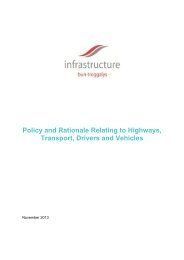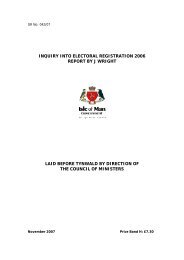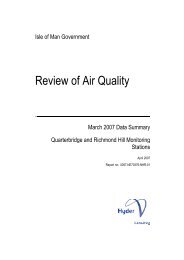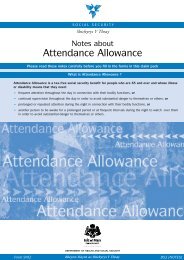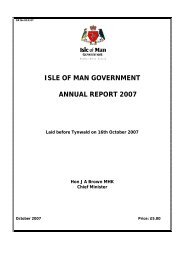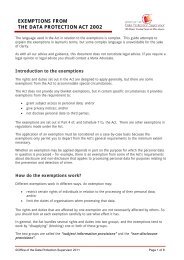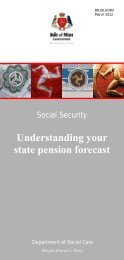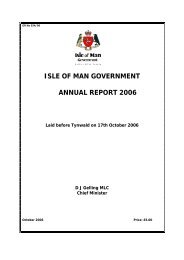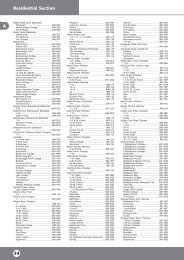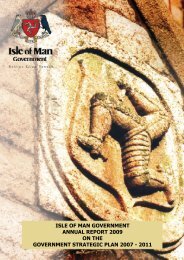Smeaton v Equifax CA[2013] EWCA Civ 108
Smeaton v Equifax CA[2013] EWCA Civ 108
Smeaton v Equifax CA[2013] EWCA Civ 108
You also want an ePaper? Increase the reach of your titles
YUMPU automatically turns print PDFs into web optimized ePapers that Google loves.
defaults. A prospective lender is likely to be guided by the information on the file,<br />
knowing that there are procedures available pursuant to which a dissatisfied consumer<br />
may ensure that incorrect data is corrected. The letter of 30 June 2006 referred both<br />
to adverse data and to bankruptcy data, and there was of course significant adverse<br />
data over and above the fact of the bankruptcy order. The letter of 10 August 2006<br />
referred, in the second paragraph, to the first rejection having been “because of the<br />
adverse data that was in the background” which of course included at that time the<br />
bankruptcy order. For my part I suspect that Mrs Muggeridge deliberately omitted<br />
reference to the bankruptcy order because she by then knew that that information had<br />
been shown to be incorrect. To have referred to the bankruptcy order would have<br />
been particularly insensitive and moreover irrelevant once it was appreciated that the<br />
bankruptcy order had been rescinded. However, given that the relevant correction had<br />
been made, there is no reason whatever to regard the reference to adverse data in the<br />
third paragraph as including reference to the bankruptcy order, given that there was<br />
ample other adverse data upon the basis of which the application was surely bound to<br />
fail. At the very best from Mr <strong>Smeaton</strong>’s point of view, there is no reason to regard<br />
this second reference in the letter to adverse data as relating only to the bankruptcy<br />
order when plainly there was other adverse data to which it was relevant to refer. I<br />
thus find incomprehensible the judge’s conclusion that the applications were refused<br />
on the sole ground of Mr <strong>Smeaton</strong>’s bankruptcy entry on his credit file. This<br />
conclusion was not simply against the weight of the evidence, it was contradicted by<br />
the evidence of the two letters themselves read as in my judgment they fairly and<br />
naturally should have been.<br />
35. After the rejection by National Westminster in 2006 Mr <strong>Smeaton</strong> approached no other<br />
bank for credit, or at any rate there is no evidence that he did, until making an<br />
application to Nationwide in June 2009. The judge does not refer to this application.<br />
The evidence, in the shape of an email from Mr <strong>Smeaton</strong> himself to Nationwide,<br />
showed that the application for a credit facility for Ability Records up to £40,000<br />
“proved difficult because of my credit rating”. This speaks for itself. The reference<br />
to the bankruptcy order had of course long since been expunged.<br />
36. The judge accounted for Mr <strong>Smeaton</strong>’s failure to make any further applications for<br />
credit after 2006 in this way:-<br />
“147. Ability’s failure to make a further SFLGS application to<br />
another participating bank is, on Mr <strong>Smeaton</strong>’s case, explained<br />
in this way. His life descended into a tragic mixture of<br />
homelessness, living in a car on the streets, mental breakdown,<br />
impecuniosity and a consequent inability to progress his<br />
business affairs as a direct result of the enormous shock on<br />
discovering that he had had an adverse credit record for the last<br />
five years and that the bank on which he had pinned so much<br />
hope in providing Ability with the necessary step up to obtain<br />
the SFLGS, itself an essential feature of its business plan,<br />
prevented him from taking anything other than relatively<br />
modest steps to further that plan for many moths. He was<br />
taking some action, but for some time that action was the best<br />
that he could take but were not sufficient to enable him to<br />
obtain alternative sources of credit or finance.”


![Smeaton v Equifax CA[2013] EWCA Civ 108](https://img.yumpu.com/22052507/12/500x640/smeaton-v-equifax-ca2013-ewca-civ-108.jpg)
